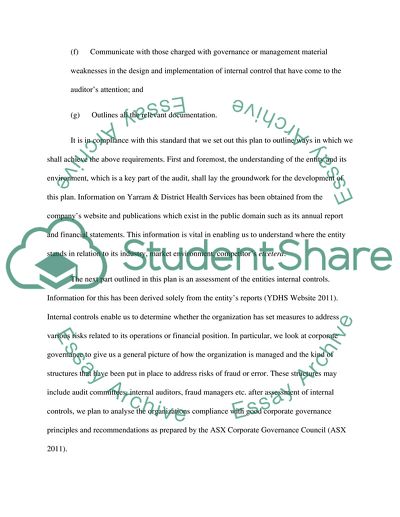Cite this document
(Developing an Audit Plan for Yarram & District Health Service Case Study, n.d.)
Developing an Audit Plan for Yarram & District Health Service Case Study. Retrieved from https://studentshare.org/finance-accounting/1757648-preparing-an-audit-plan-for-the-audit-of-the-entitys-financial-statements
Developing an Audit Plan for Yarram & District Health Service Case Study. Retrieved from https://studentshare.org/finance-accounting/1757648-preparing-an-audit-plan-for-the-audit-of-the-entitys-financial-statements
(Developing an Audit Plan for Yarram & District Health Service Case Study)
Developing an Audit Plan for Yarram & District Health Service Case Study. https://studentshare.org/finance-accounting/1757648-preparing-an-audit-plan-for-the-audit-of-the-entitys-financial-statements.
Developing an Audit Plan for Yarram & District Health Service Case Study. https://studentshare.org/finance-accounting/1757648-preparing-an-audit-plan-for-the-audit-of-the-entitys-financial-statements.
“Developing an Audit Plan for Yarram & District Health Service Case Study”, n.d. https://studentshare.org/finance-accounting/1757648-preparing-an-audit-plan-for-the-audit-of-the-entitys-financial-statements.


